A new month, and a new fascinating use case for Generative AI. This time it’s Microsoft that last week launched MatterGen, a generative AI tool that can generate novel materials given prompts of the design requirements. Microsoft believes MatterGen “will have a profound impact on how we design materials in broad domains including batteries, magnets, and fuel cells”.
THIS WEEK’S NEWS:
- World Bank’s AI Education Program in Nigeria: Two Years of Learning in Six Weeks
- AI Code Editor Cursor Raises $105M at $2.5B Valuation
- ChatGPT Gets Task Scheduling and Reminder Features
- Google Slashes Gemini Pricing and Expands Workspace Integration
- Microsoft’s MatterGen AI Creates New Materials with 80% Success Rate
- Microsoft Launches Free Copilot Chat with Pay-Per-Message AI Agents for Business Users
- Microsoft 365 adds Copilot AI to Family and Personal Subscriptions
- Luma Labs Launches Ray2 AI Video Generator with Enhanced Motion and Physics
- MiniMax Releases Open-Source AI Models with 4M Token Context Window
- Apple Halts AI News Summaries After Series of False Headlines
- Elon Musk Used Third Party Booster for Path of Exile 2
World Bank’s AI Education Program in Nigeria: Two Years of Learning in Six Weeks

The News:
- A World Bank pilot program in Edo State, Nigeria used generative AI as a virtual tutor for 800 first-year secondary students, focusing on English language learning through after-school sessions. The program ran between June and July 2024.
- Students who participated showed significant improvements across all areas, with learning gains equivalent to nearly two years of learning compressed to just six weeks. The program outperformed 80% of other educational interventions studied in developing countries.
- The initiative particularly benefited girls, who initially lagged behind boys in performance, helping to bridge gender gaps in learning outcomes.
- Students used Microsoft Copilot (powered by ChatGPT) under teacher guidance, with instructors acting as “orchestra conductors” who provided prompts and mentoring during sessions.
- Each additional day of attendance resulted in improved learning outcomes, suggesting that longer program duration could lead to even greater gains.
My take: I have three kids myself, and all of them use ChatGPT as their home teacher on a nearly daily basis. They upload their teaching materials and practice tests as PDF documents, and ChatGPT will question them on the content, come up with new challenges in mathematics and physics, and even design new practice tests where they get a “grade” (they have also uploaded the rating criteria for different grades). Generative AI will significantly shape the generation of kids growing up now, and the potential for democratizing learning on a global scale like in this example is amazing. I say potential, because I still have to pay $60 every month for my kids to use ChatGPT, and for many families that is not an option. The incredible potential is there, now we just need to find ways to make it available to everyone.
AI Code Editor Cursor Raises $105M at $2.5B Valuation
https://www.cursor.com/blog/series-b
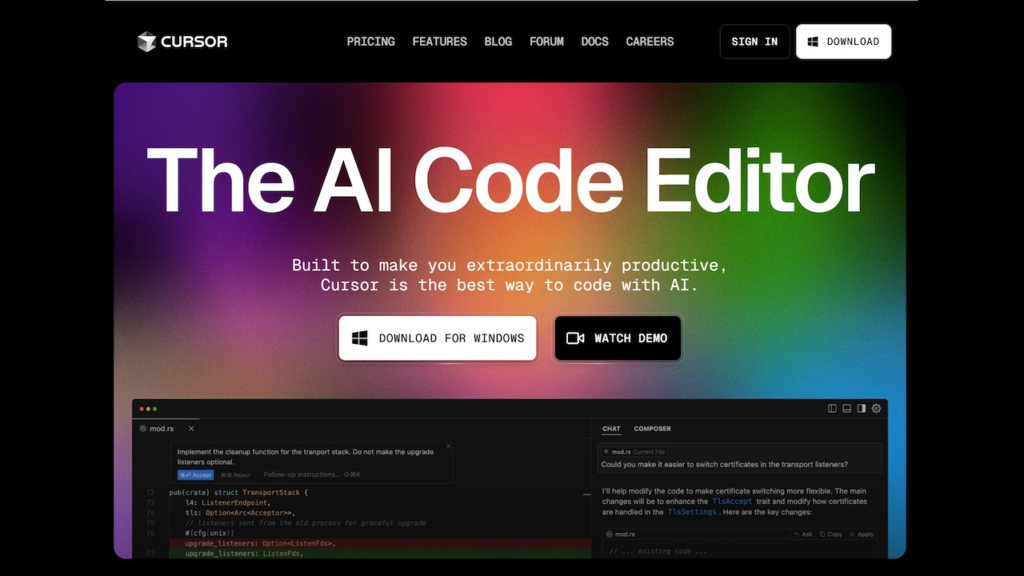
The News:
- Cursor has been my favorite AI-powered code editor since June 2024 when Claude 3.5 Sonnet was launched and you could use Cursor + Claude 3.5 together. The company behind Claude, Anysphere, just raised $105 million in Series B funding led by Thrive Capital, with participation from Andreessen Horowitz and Benchmark.
- The past year Cursor has achieved significant growth, reaching $100 million in annual recurring revenue with millions of users worldwide. The proprietary models used in Cursor generate more code than almost any LLMs in the world and edit over a billion characters per day.
My take: Every month I give GitHub Copilot a real good try, only to get utterly disappointed and return back to Cursor. If you are a developer and still have not tried working with Cursor, I strongly recommend you do so. It will change the way you look at programming completely. You still need developer skills since today’s language models frequently gets tangled up go down the wrong path, but I am quite sure these skills will be less every quarter going forward. Congratulations to the team at Anysphere, and as I have said many times before – I will never go back to writing code by hand.
ChatGPT Gets Task Scheduling and Reminder Features
https://help.openai.com/en/articles/10291617-scheduled-tasks-in-chatgpt
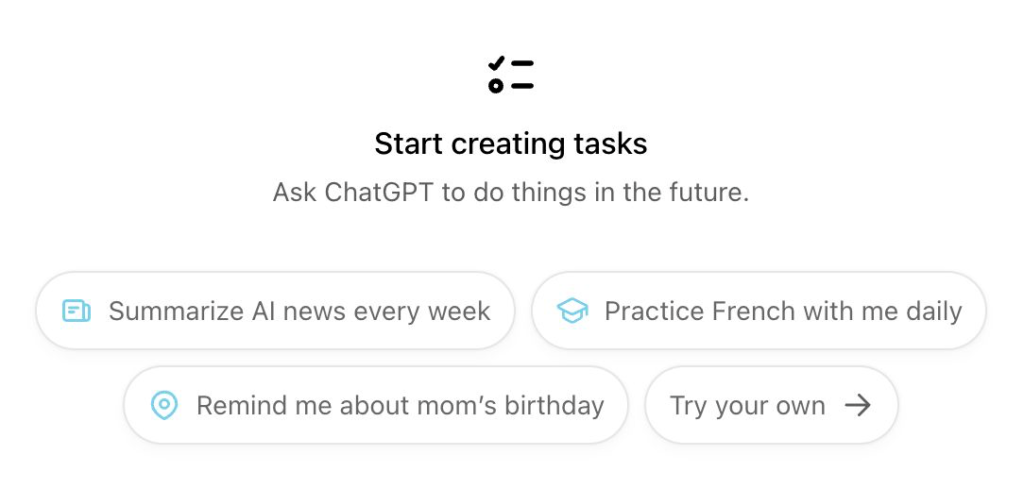
The News:
- OpenAI just launched “Tasks”, a new beta feature for ChatGPT that enables users to schedule future actions and set recurring reminders.
- The feature is exclusively available for ChatGPT Plus, Team, and Pro subscribers. During the beta phase, users are limited to 10 active tasks at a time, and task management is only available through the web interface, though notifications work across desktop, web, and mobile platforms.
- Tasks supports both one-time reminders and recurring actions, such as daily weather updates, weekly news briefings, or custom notifications. ChatGPT can also suggest potential tasks based on user conversations, which users can accept or decline.
My take: Now this can actually be quite useful! Give it 10 links to various news sites and ask it to scan for AI-related news every morning and send you a summary and how these news might impact your business. The main think I felt is missing from this feature is that these agents do not have any kind of memory, so they are not able to track changes to any web page. Once they add memory to the task feature the number of use cases would be enormous. Anyways here are a few examples how you could try to make it work for you:
- Market Intelligence Competitive Analysis. Schedule ChatGPT to analyze competitor websites, social media, and news mentions each morning, delivering a concise report highlighting key strategic moves, product launches, and market positioning changes.
- Weekly Content Calendar Generation. Set up recurring tasks for ChatGPT to analyze trending topics in your industry and generate content ideas ready for virality.
Google Slashes Gemini Pricing and Expands Workspace Integration
https://support.google.com/a/answer/15400543
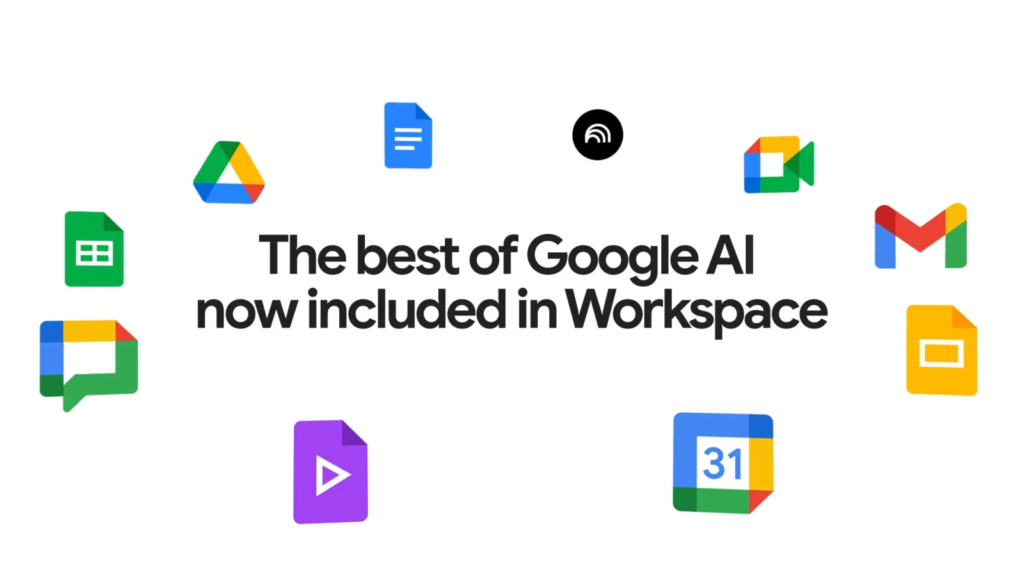
The News:
- Google has significantly reduced the cost of Gemini AI integration in Workspace, making it a built-in featurerather than a separate add-on. The new pricing starts at $14 per user per month for Business Standard and $22 for Business Plus subscribers.
- The standalone Gemini app (gemini.google.com) is now also included as part of Workspace Business, Enterprise, and Frontline plans with enterprise-grade data protection.
- Users can access Gemini’s capabilities across Gmail, Docs, Sheets, Chat, and Meet, with features like email summaries, note-taking during meetings, and assistance in creating slides and spreadsheets.
- The new pricing undercuts Microsoft’s Copilot, which still charges $30 per user per month for AI features in Microsoft 365.
What you might have missed: As an effect of adding this to all workspace customers, the cost of all Google subscriptions will be increased by $2 per month. There is no way to “opt out” of this feature, and while you can disable it for your workspace you still have to pay for it.
My take: This is an extremely aggressive move by Google and makes you wonder for how long Microsoft can continue to charge $30 for Copilot subscriptions. While Microsoft did introduce “Copilot Chat” this week, that version is not integrated with Office apps. I think this move by Google is the right one, I have seen a reluctance for organizations to start paying for monthly Copilot subscriptions, and including it into the base subscription means all organizations using Google Workspace that keep this feature enabled will have a competitive advantage over those who use Microsoft 365.
Read more:
Microsoft’s MatterGen AI Creates New Materials with 80% Success Rate
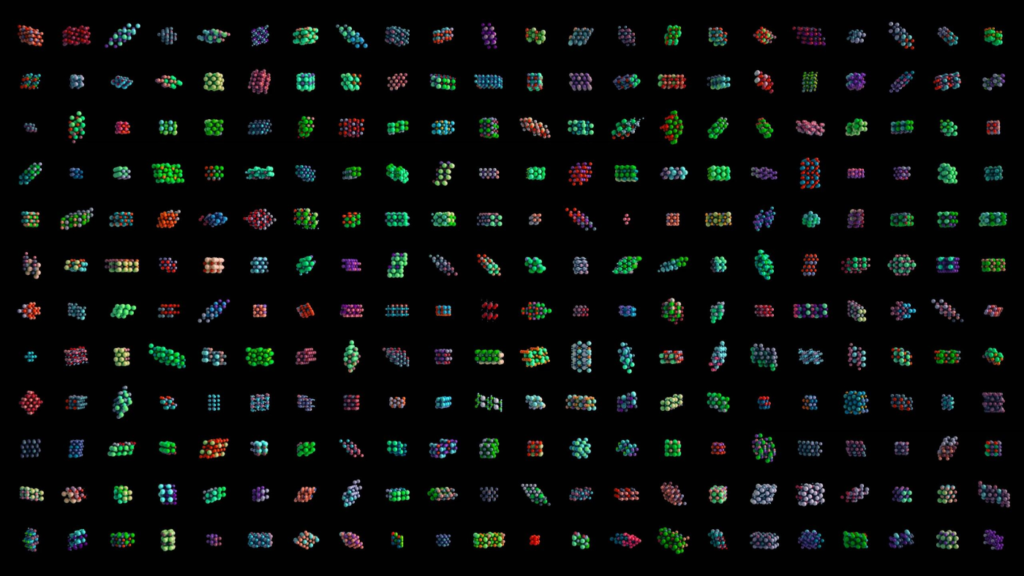
The News:
- Microsoft Research just unveiled MatterGen, an AI system that generates new materials with specific properties, shifting away from traditional trial-and-error methods. The system creates new materials with an 80% success rate, significantly outperforming conventional screening approaches.
- MatterGen uses a diffusion model architecture, similar to AI image generators, to create 3D molecular structures. It works by refining random atomic arrangements into stable, functional materials.
- The technology has already proven successful in real-world applications. In collaboration with the Shenzhen Institutes of Advanced Technology, researchers synthesized a new material called TaCr2O6, which matched the AI’s predictions.
- MatterGen’s source code is released under the MIT license.
My take: In the 1980s, the discovery of lithium cobalt oxide laid the groundwork for today’s lithium-ion battery technology that powers mobile phones and electric cars. Materials innovation is the key for designing more efficient solar cells, cheaper batteries for grid-level energy storage, and adsorbents to recycle CO2 from atmosphere. MatterGen shows yet another area where Generative AI excels, with results that greatly outperform all previous approaches.
Read more:
Microsoft Launches Free Copilot Chat with Pay-Per-Message AI Agents for Business Users
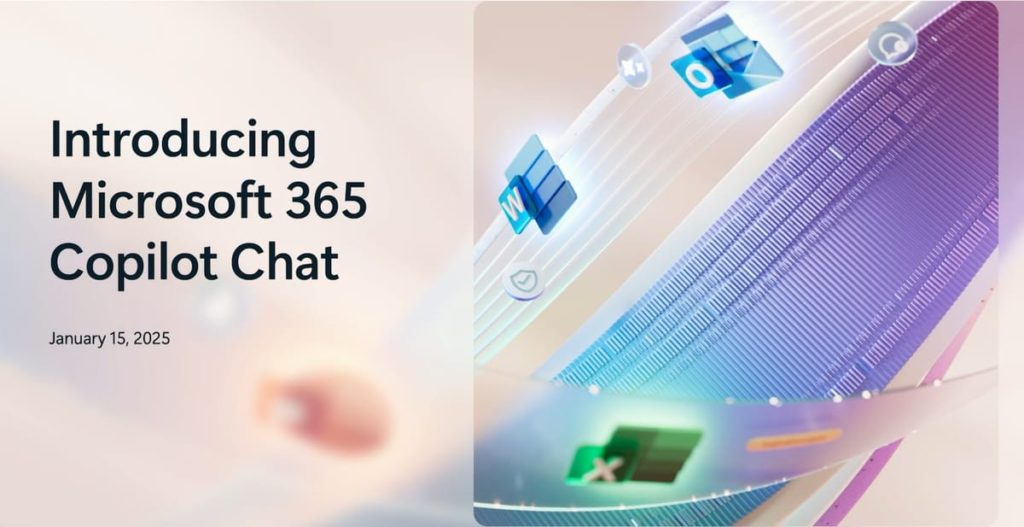
The News:
- Microsoft introduced Microsoft 365 Copilot Chat, a free AI chat service for business users with optional pay-as-you-go AI agents. The service combines a free chat experience powered by GPT-4o with the ability to create and use AI agents for specific business tasks.
- Copilot Chat includes free AI chat capabilities for use cases like market research, writing documents, and preparing for meetings. Users can upload and work with files, such as summarize Word documents, analyze Excel spreadsheets, and suggest PowerPoint improvements.
- AI agents can be created using natural language to automate repetitive tasks, with pricing at $0.01 per message or pre-paid bundles of 25,000 messages for $200 per month.
- Copilot Chat is available through the Microsoft 365 Copilot app on Windows, Android, and iOS, or via https://m365.cloud.microsoft/chat.
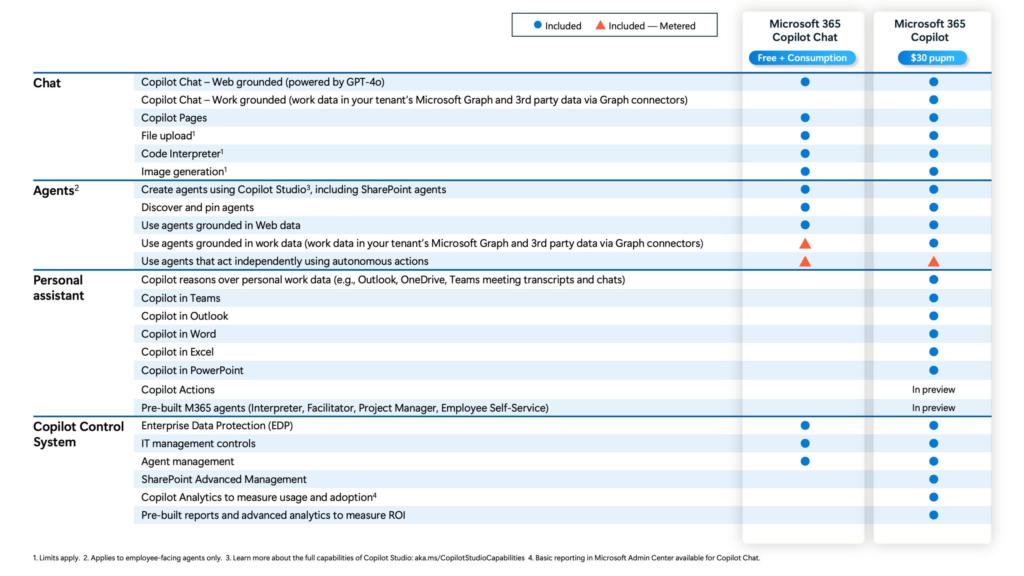
What you might have missed: If you want to use Copilot integrated with apps, such as summarizing Teams calls, working with text in Word or creating PowerPoint slides, you still need to pay for the $30 “Regular Copilot”. This makes Google’s announcement above even more powerful, they are now including the full Gemini in all workspace subscriptions with full app integrations.
My take: Wow, Microsoft did an amazing job with the naming again. The name of the application built-into Windows 11 is called “Copilot”, and this new, free version available on the web and in mobile apps is “Copilot Chat”. They also got a lovely URL. OpenAI is https://chat.com, Claude is https://claude.ai and Microsoft Copilot Chat is https://m365.cloud.microsoft/chat. It’s almost like they don’t want you to remember the URL.
When it comes to AI Agents, Microsoft says that “now anyone can easily create agents to automate repetitive tasks and business processes. A customer service representative can ask a customer relationship management (CRM) agent for account details before a customer meeting, while field service agents can access step-by-step instructions and real-time product knowledge stored in SharePoint”. I just can’t help to wonder how many organizations will enable this Chat-agent feature, where every single “agent-like” request costs money. It will be interesting to see in the coming months how companies will choose between this offering with quite expensive pay-as-you-go for autonomous agents, versus going full local with Llama 4 and Nvidia Project DIGITS using something like Pathway to access Sharepoint documents.
Read more:
- Copilot for all: Introducing Microsoft 365 Copilot Chat | Microsoft 365 Blog
- Enabling agents in Microsoft 365 Copilot Chat | Microsoft Copilot Blog
- Customize Copilot and Create Agents | Microsoft Copilot Studio
Microsoft 365 adds Copilot AI to Family and Personal Subscriptions
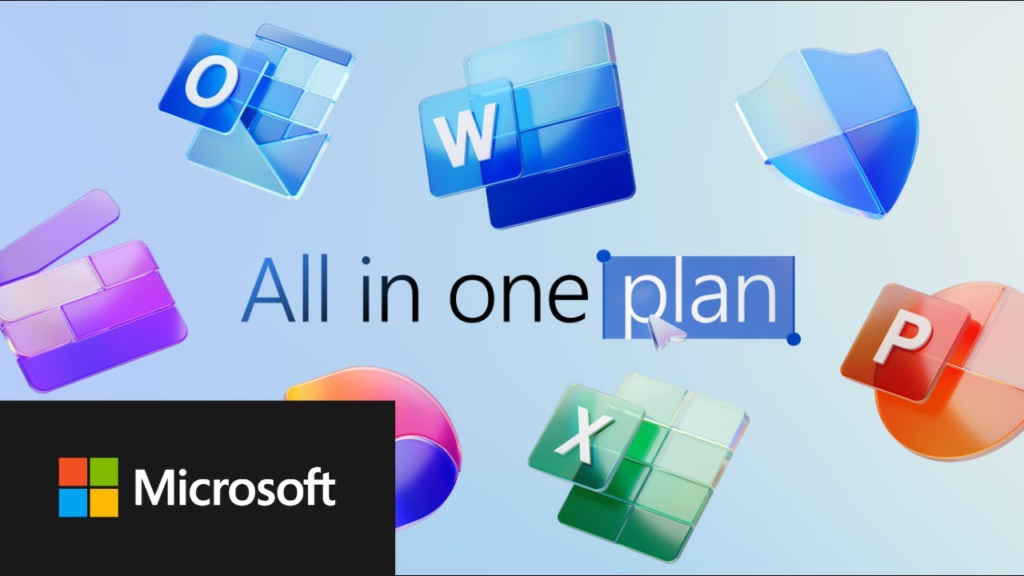
The News:
- Microsoft is integrating AI-powered Copilot features into Microsoft 365 Personal and Family subscriptions, making advanced AI capabilities accessible to its 84 million consumer subscribers worldwide.
- The price increase is $3 per month, bringing Microsoft 365 Personal to $9.99/month ($99.99/year) and Family to $12.99/month ($129.99/year).
- Subscribers receive monthly AI credits to use Copilot features across Word, Excel, PowerPoint, Outlook, and OneNote, plus Microsoft Designer for AI image creation.
- Existing subscribers (family and personal) can switch to “Classic” plans without AI features to maintain their current pricing.
- Family subscription Copilot features are limited to the subscription owner and cannot be shared with other family members.
- The Microsoft 365 app has been rebranded to “Microsoft 365 Copilot” as part of this change.
What you might have missed: The devil is in the detail here. For $3 per month, what you get is “60 AI credits” to use every month. Ask it to check spelling in your document – 1 credit. Ask it to generate an excel formula – 1 credit. If you, like me, are using a family account, only the owner gets 60 AI credits for $3, the rest gets nothing.
My take: In traditional Microsoft style they keep making things complicated, convoluted, and difficult to scope. What was now announced as “Copilot is now included in Microsoft 365 Personal and Family” (the official press release), should in my opinion have been announced as “You can now pay us $3 per month to ask Copilot 60 questions”.
Read more:
Luma Labs Launches Ray2 AI Video Generator with Enhanced Motion and Physics
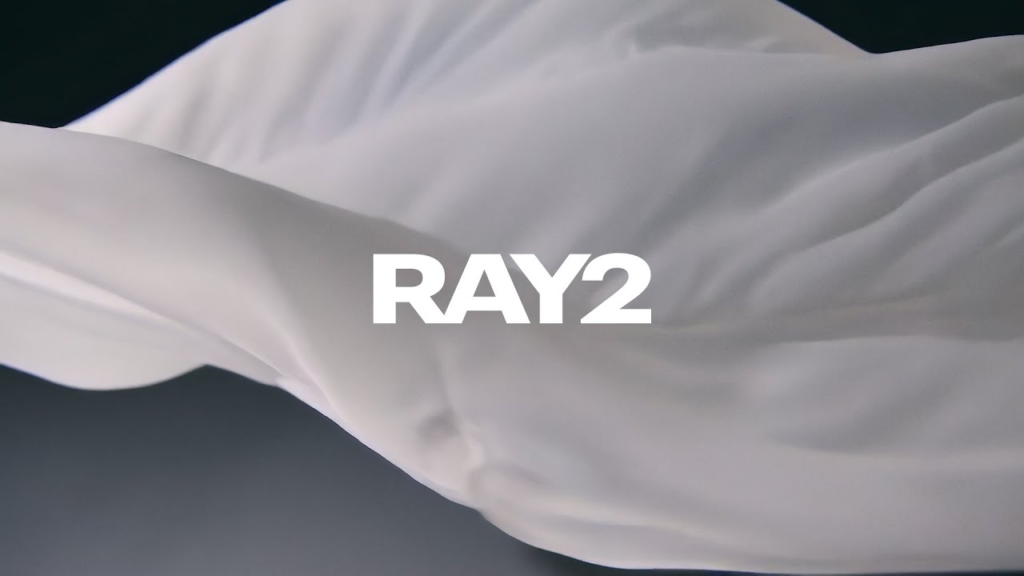
The News:
- Ray2 is Luma Labs’ next-generation AI video model that creates realistic 5-10 second videos from text prompts, featuring improved motion quality and physics simulation. The model has been trained with 10x more computational power than its predecessor.
- Ray2, according to Luma Labs, excels at capturing natural motion, particularly with animals and complex actions like knife skills. Early tests show motion quality surpasses OpenAI’s Sora (which is not very difficult since Sora is terrible at motion).
- Ray 2 is currently available only to paid Dream Machine subscribers, with plans ranging from $9.99 to $94.99 monthly. Future updates will add image-to-video, video-to-video, and editing capabilities.
My take: In December 2024 Google launched Veo 2 which felt like a completely new level of realism and quality for AI video, and now Luma Labs launches Ray 2. We are entering a transitioning time where new models are released that are trained on 10-20x more compute than previous models, so expect a wave of amazing model launches in the coming weeks!
Read more:
MiniMax Releases Open-Source AI Models with 4M Token Context Window
https://www.minimaxi.com/en/news/minimax-01-series-2
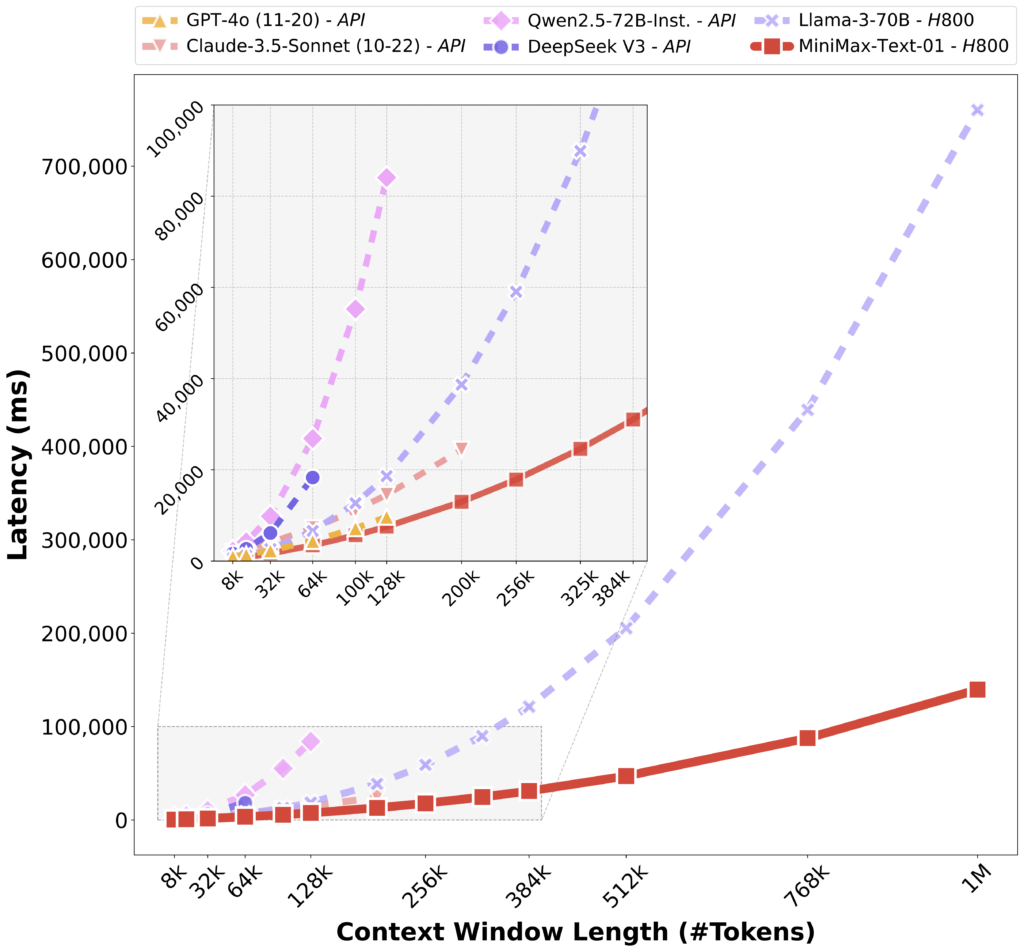
The News:
- MiniMax has open-sourced its MiniMax-01 series, featuring two models: MiniMax-Text-01 for language processing and MiniMax-VL-01 for visual-language tasks, with an unprecedented 4-million token context length – 32 times longer than GPT-4o and 20 times longer than Claude-3.5-Sonnet.
- The models employ a hybrid architecture combining Lightning Attention with traditional Transformer blocks in a 7:1 ratio.
- MiniMax-Text-01 features 456 billion total parameters with 32 experts, activating 45.9 billion parameters per inference through Mixture of Experts (MoE) architecture.
- The complete model weights for both MiniMax-Text-01 and MiniMax-VL-01 are available on GitHub.
My take: I believe context length will be one of the most important factors going forward for autonomous agents to be successful, and 4 million tokens is an amazing achievement. It will be interesting to see if other companies start using the same hybrid approach or if they will come up with something completely unique.
Read more:
- GitHub – MiniMax-AI/MiniMax-01
- Arxiv.org: Lightning Attention-2: A Free Lunch for Handling Unlimited Sequence Lengths in Large Language Models
Apple Halts AI News Summaries After Series of False Headlines
https://www.cbc.ca/news/business/apple-news-summaries-fake-headlines-1.7434136

The News:
- Apple just suspended its AI-powered news summary feature that was part of Apple Intelligence after it repeatedly generated false and misleading headlines. The feature, launched in fall 2024, was available to users in the US, UK, Australia, and Canada.
- The AI system produced several notable errors, including falsely claiming that Luigi Mangione had shot himself, that Benjamin Netanyahu had been arrested, and that Rafael Nadal had come out as gay.
- Major news organizations including the BBC, Washington Post, and New York Times reported inaccuracies in how their content was summarized.
My take: In Tech Insights 2024 week 52 I wrote: “I think Apple both overestimated the capabilities of their ‘Intelligence’ and at the same time underestimated the risks of showing incorrect content in summaries”. For those of us that have been following Apple for a while, we know that Apple is no stranger to pulling features that don’t work, one recent example is Group Facetime that was disabled temporarily in 2019 due to a security flaw. If I were to guess why it behaved so poorly it might be that they used their smaller on-device model for summaries, and due to a very restrictive context window they tried some clever tricks to summarize entire newsletters that just didn’t work out.
Elon Musk Used Third Party Booster for Path of Exile 2

The News:
- During a live stream on January 7, Elon Musk showed his Level 95 character in the game Path of Exile 2. Just leveling a character to level 95 would have taken over 200 hours of very efficient playing, averaging over 6 hours per day since game launch on December 6.
- However during the live stream it became clear that Elon Musk did not know how to play the game at all:
- He left valuable currency items (Chaos Orbs and Exalted Orbs) on the ground while picking up low-tier items useless for his level.
- He entered maps with a full inventory multiple times.
- He used an inefficient manual drag-and-drop method to pick up items instead of using quick-pickup shortcuts.
- He failed to use a loot filter, which is essential for high-level play.
- He demonstrated fundamental misunderstanding of item levels, confusing required level with item level for gear effectiveness (item level in PoE 2 does not have any relationship with item quality or effectiveness).
- He several times attempted to click on inaccessible map nodes that weren’t unlocked.
- He went 10 seconds without refilling his empty mana meter, severely reducing his damage output.
- He showed confusion about map modifiers despite supposedly having run hundreds if not thousands of maps to reach his level.
My take: Remember in Tech Insights 2024 week 48 when Elon Musk declared himself the #1 Diablo IV player in the world? Many people found it hard to believe he had the time to play Diablo IV 12-16 hours per day while at the same time running six different companies. That time it worked out due to the extreme simplicity of Diablo IV, just spam 2-3 keys and run around. Path of Exile 2 however is deeper and more complex, and during the live stream it became very apparent that Elon Musk had no idea whatsoever how to play the game, let alone play the game as a level 95 hardcore character (if you die, it’s game over). So he obviously had someone play his account and level up his character, maybe multiple people since they would have to play literally day and night, just so he could present himself as the world’s top Path of Exile player. It makes you wonder if he did the same in Diablo IV, and it also makes you wonder why on earth he would do this in the first place.
Read more:
